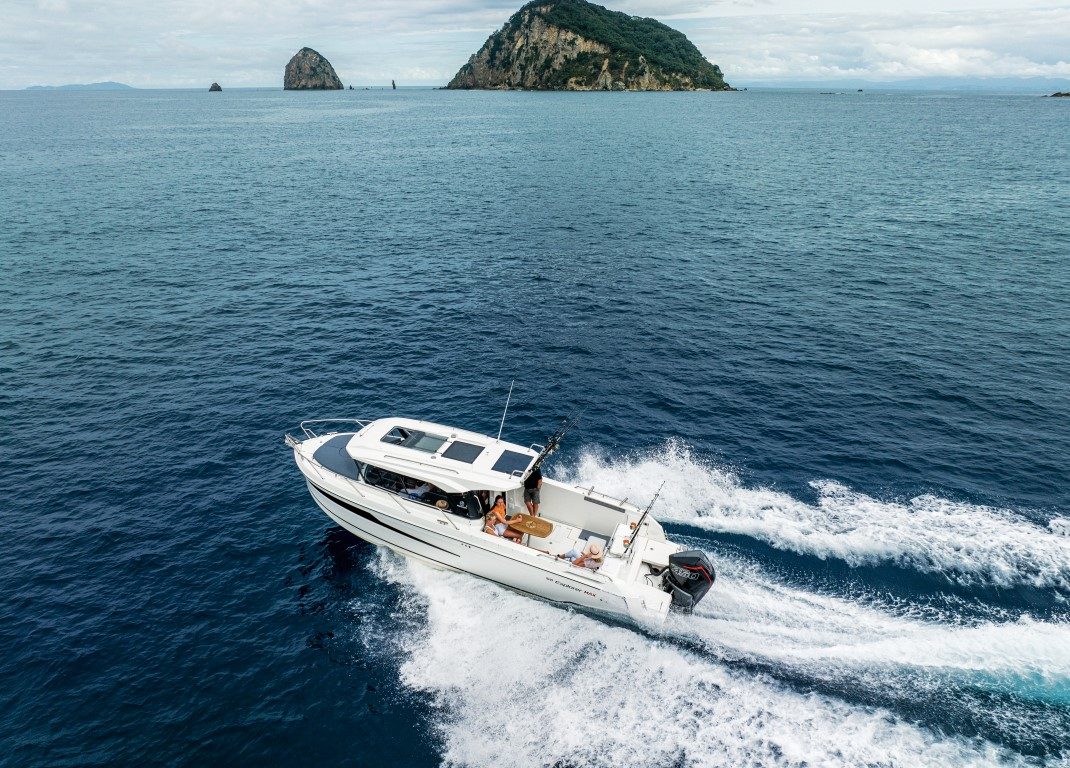‘Behemoth’ is a word which springs to mind or, perhaps more nautically, ‘leviathan’.
- Huge cockpit suitable for all weather boating
- Broad fuel consumption sweet spot
- Versatile deck layout with modular seating
- Good range with fast, comfortable cruising





















